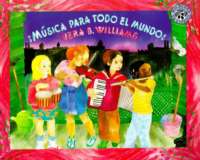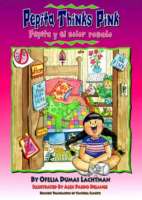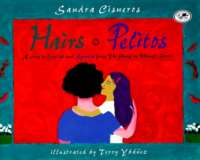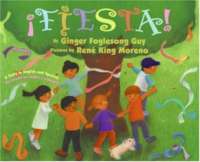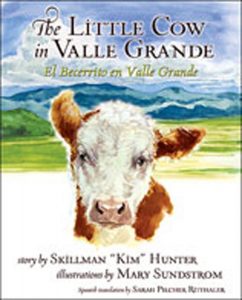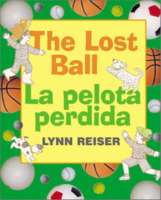
One park,
two dogs,
two boys,
two lost balls …
and dozens of
ballplayers.
Is this your ball?
No!
¿Es ésta tu pelota?
¡No!
Then …
let’s go find the owner of this ball!
¡Vamos a buscar al dueño de esta pelota!
Turn these pages and you will discover that boys and dogs and ballplayers speak the same language (even when they don’t).
And by the time you finish this book, you will, too.

